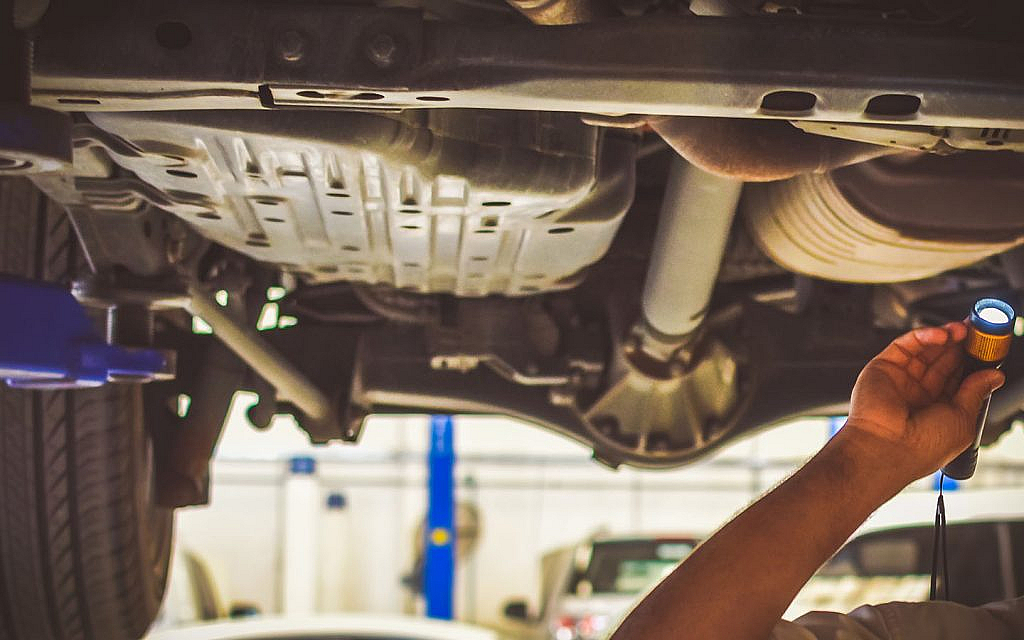Hearing a squeaking noise while driving can be both annoying and concerning. If the noise occurs even when the brakes are not applied, it can be a sign of various issues that need attention. This blog will explore the common causes of squeaking noises while driving, how to diagnose these problems, and potential solutions.
Common Causes of Squeaking Noises
There are several potential causes for a squeaking noise that occurs while driving but not when brakes are applied. Understanding these causes can help you pinpoint the issue and determine the best course of action.
1. Worn Out or Loose Belts
One of the most common causes of a squeaking noise while driving is a worn-out or loose belt. The serpentine belt, which powers various engine accessories, or the timing belt, which synchronizes the engine’s valves, can wear out over time and cause squeaking noises.
Symptoms and Diagnosis
- Noise Characteristics: A high-pitched squeaking or chirping noise that varies with engine speed.
- Visual Inspection: Check for cracks, fraying, or glazing on the belt. A loose belt may also appear to be misaligned.
Solution
- Belt Replacement: If the belt is worn out, it should be replaced. It is a relatively simple and inexpensive fix.
- Tightening: If the belt is loose, it may need to be tightened or the tensioner replaced.
2. Suspension and Steering Components
Worn or damaged suspension and steering components can also cause squeaking noises. These parts include ball joints, bushings, tie rod ends, and control arms.
Symptoms and Diagnosis
- Noise Characteristics: Squeaking that occurs when going over bumps or during turns.
- Visual Inspection: Check for worn or damaged bushings and joints. Look for signs of wear or leaks in the suspension system.
Solution
- Component Replacement: Replace worn or damaged parts. This might include bushings, ball joints, or tie rod ends.
- Lubrication: In some cases, applying lubrication to the affected components can reduce or eliminate the noise.
3. Wheel Bearings
Worn or damaged wheel bearings can produce a squeaking or grinding noise while driving. Wheel bearings are essential for the smooth rotation of the wheels and can wear out over time.
Symptoms and Diagnosis
- Noise Characteristics: A consistent squeaking or grinding noise that may change with vehicle speed.
- Physical Check: Check for excessive play or roughness in the wheel bearings by lifting the vehicle and spinning the wheels by hand.
Solution
- Bearing Replacement: Worn or damaged wheel bearings should be replaced promptly to prevent further damage and ensure safe driving.
4. Brakes
While the focus is on squeaking noises not caused by applying brakes, brake-related issues can still be a factor. For example, brake pads can wear down and cause squeaking when the vehicle is moving, even if the brakes are not engaged.
Symptoms and Diagnosis
- Noise Characteristics: A squeaking or squealing noise that occurs while driving and may worsen when turning.
- Visual Inspection: Check the brake pads for wear. Look for uneven wear or debris lodged between the brake pads and rotors.
Solution
- Brake Pad Replacement: Replace worn brake pads. Consider high-quality pads to reduce noise.
- Brake Cleaning: Remove any debris or dirt from the brake components.
5. Tires
Tires can cause squeaking noises due to various issues such as uneven wear, improper inflation, or alignment problems.
Symptoms and Diagnosis
- Noise Characteristics: A squeaking noise that is more pronounced at certain speeds or while turning.
- Visual Inspection: Check for uneven tire wear, proper inflation, and signs of damage.
Solution
- Tire Rotation and Alignment: Rotate the tires and ensure proper alignment to promote even wear.
- Tire Replacement: If tires are damaged or excessively worn, replace them.
6. Drive Shaft and U-Joints
In rear-wheel-drive and four-wheel-drive vehicles, the drive shaft and universal joints (U-joints) can cause squeaking noises if they are worn or damaged.
Symptoms and Diagnosis
- Noise Characteristics: A rhythmic squeaking noise that changes with vehicle speed.
- Physical Check: Inspect the drive shaft and U-joints for wear, rust, or damage.
Solution
- U-Joint Replacement: Replace worn or damaged U-joints.
- Drive Shaft Maintenance: Ensure the drive shaft is properly lubricated and balanced.
Diagnosing the Squeaking Noise
Proper diagnosis is crucial to identify the source of the squeaking noise accurately. Here are some steps to help you diagnose the issue:
Step 1: Identify When the Noise Occurs
Pay attention to when the squeaking noise occurs. Is it constant, or does it happen only under certain conditions such as acceleration, deceleration, or turning? This information can help narrow down the possible causes.
Step 2: Perform a Visual Inspection
Visually inspect the vehicle for any obvious signs of wear or damage. Look at the belts, suspension components, tires, and brake pads. Use a flashlight to get a better view of hard-to-see areas.
Step 3: Test Drive
Take the vehicle for a test drive to replicate the noise. Try to determine if the noise changes with speed, turning, or road conditions. This can provide valuable clues about the source of the noise.
Step 4: Lift the Vehicle
If possible, lift the vehicle using a jack and jack stands. This allows you to check the wheel bearings, drive shaft, and suspension components more thoroughly. Spin the wheels by hand to listen for any unusual sounds.
Step 5: Seek Professional Help
If you are unable to identify the source of the noise or if the problem seems complex, it is advisable to seek help from a professional mechanic. They have the tools and expertise to diagnose and fix the issue accurately.
Preventive Measures
Taking preventive measures can help reduce the likelihood of squeaking noises and other issues. Here are some tips to keep your vehicle in good condition:
Regular Maintenance
- Scheduled Inspections: Follow the manufacturer’s recommended maintenance schedule to keep all components in good working order.
- Belt and Fluid Checks: Regularly inspect belts for wear and ensure fluids are at the proper levels and in good condition.
Proper Tire Care
- Tire Rotation: Rotate your tires regularly to promote even wear.
- Alignment: Ensure your vehicle’s wheels are properly aligned.
- Inflation: Keep your tires inflated to the recommended pressure levels.
Suspension and Steering Maintenance
- Lubrication: Keep suspension and steering components properly lubricated.
- Inspections: Regularly inspect suspension and steering components for wear and damage.
Brake Maintenance
- Regular Checks: Check brake pads and rotors regularly for wear.
- Clean Components: Keep brake components clean and free of debris.
Conclusion
A squeaking noise while driving can be a nuisance and a sign of underlying issues that need attention. By understanding the common causes of squeaking noises, such as worn belts, suspension components, wheel bearings, brakes, tires, and drive shafts, you can diagnose and address the problem effectively.
Regular maintenance and timely inspections are key to preventing these issues and ensuring your vehicle remains in good condition. If you are unable to identify or fix the problem yourself, seeking help from a professional mechanic is always a wise choice.
Remember, addressing squeaking noises promptly can prevent more serious problems down the road and ensure a safer and more enjoyable driving experience.



